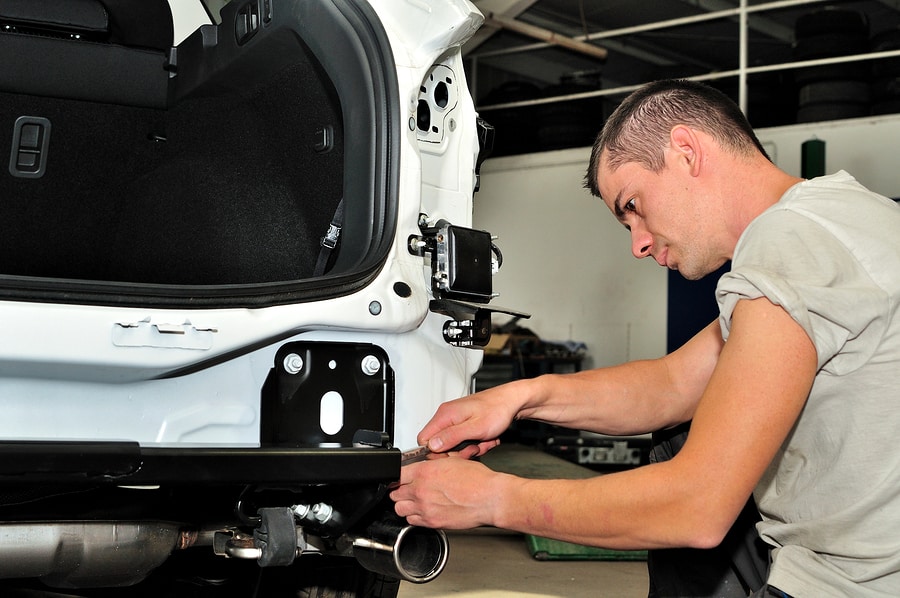When it comes to picking the right trailer hitch, you want to be as educated as possible. And, while you might have heard of gooseneck and 5th wheel hitches, you may not know the differences. Our team at Hitch King prioritizes safety and education so that when you’re on the road with your truck, you can be sure that your hitch can safely handle the load. Read on to compare goosenecks and 5th wheels.

Gooseneck Hitch
A
gooseneck hitch looks like a ball mount, except it is welded or mounted on a rail in your truck bed. A safety chain is often provided with the hitch to ensure that the trailer doesn’t fly off the pickup in the event of hitch failure. Gooseneck hitches are often rated up to 30K, but that capacity is limited by the capacity of the brackets used or by the towing capacity of the vehicle. A gooseneck hitch is normally used for industrial trailers.
5th Wheel Hitch
A
fifth wheel hitch does not have a ball mount. Instead, your trailer connects to the fifth wheel hitch via a downward-facing pin, called a king pin, along with a plate that rests on top of the fifth wheel hitch plate. Fifth wheel hitches are also available in capacities up to 30K, but a maximum capacity of 24 or 25K is more common. Again, the true capacity of your towing system will be limited by the capacity of the lowest-rated component on your truck. Generally, a fifth wheel hitch is used for recreational purposes, such as camping trailers and RVs.
How to Choose
Now that you understand what gooseneck and fifth wheel hitches are, it’s time to consider what you’ll be using your hitch for. Generally speaking, you can attach a heavier trailer, and tow more, with a gooseneck ball hitch than with a 5th wheel attachment. If you’re still not sure, let us help!
Contact Hitch King at
(516) 888-3663, for quality trailer hitches,
accessories,
truck outfitting, and
custom solutions in New York.



